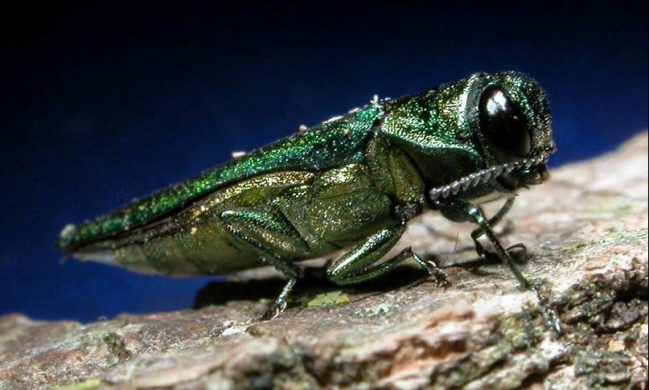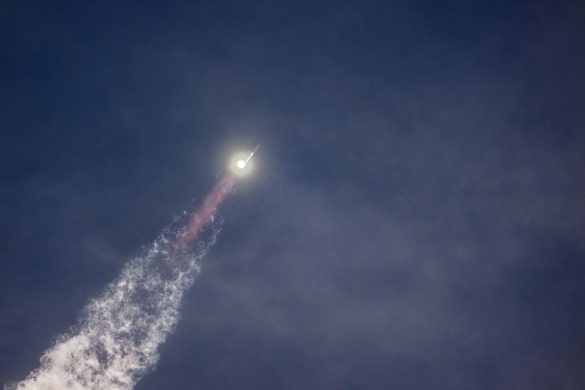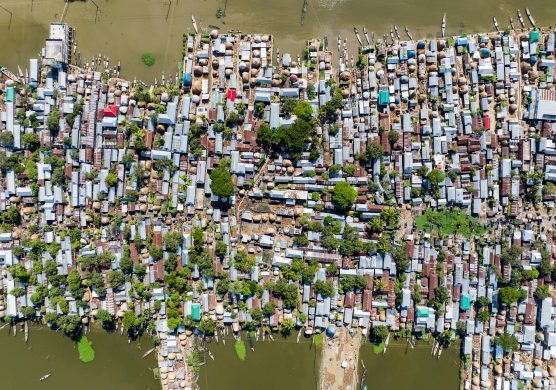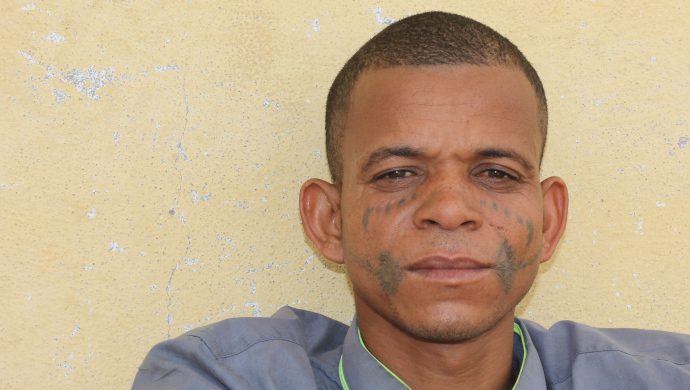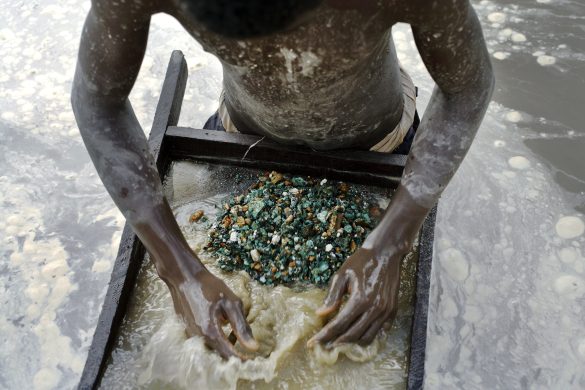$77 billion per year, that is the minimum annual cost of damage caused by around ten different species of invasive insects worldwide.
A cost estimate that could increase by 18% by 2050 due to global warming, according to an international team of researchers led by Franck Courchamp, a CNRS Research Director in the Ecology, Systematics and Evolution laboratory (Université Paris-Sud/CNRS/AgroParisTech), in a new study carried out with the support of the BNP Paribas Foundation and France’s national agency for research (ANR), and published in Nature Communication on 4th October.
Covering damage to goods and services, agricultural losses and even health costs, this study brings together the largest database ever compiled of economic damage due to invasive insects worldwide: 737 articles, books and reports.
Why go to so much trouble just for insects? Because insects reduce global production by between 10% and 16% and are among the most virulent of invasive species.
Thus, 87% of the 2,500 terrestrial invertebrates that have colonised new territories are insects.
“For millions of years, insects have been responsible for spreading diseases among humans and livestock and causing considerable damage, ranging from the annihilation of crops and reserves, the destruction of infrastructure and the devastation of forests, thus altering ecosystems and making them more fragile. In the realm of living beings, the insect class on its own (~ 2.5 million species) is probably the most expensive group”, according to Franck Courchamp.
The largest financial losses recognised by this study are in North America, at $27.3 billion per year, whereas losses for the moment only total $3.6 billion per year in Europe. This difference is due to a lack of assessment sources rather than a real difference in exposure to danger.
Underestimated damage
According to researchers, the estimated cost of $77 billion is widely underestimated. A number of regions in the world do not provide sufficient economic data to be able to produce an exact estimate, which is therefore understated.
Moreover, the team of researchers focused on studying the ten most expensive invasive species. Ideally, all of those which cause lesser damage, but which combined could represent colossal amounts, must be added.
Another reason could also drastically increase this estimated cost just as quickly: the difficulty for researchers to assess the monetary value of “services” provided by nature (ecosystem services) the quality of which may be affected by the invasion of insects.
“If we take into account the estimated value of ecosystem services on a global scale (hundreds of billions of dollars for crop pollination alone), disruption caused by invasive insects could reach a level well in excess of the current estimate”, according to Jean-Michel Salles, an environmental economist and co-author of the study.
+18% by 2050
The impact of these insects, which is already huge, could increase in response to climate change by 18% by 2050 according to researchers’ estimates.
The warmer climate favours the northward move of these insects’ colonisation. Moreover, the frequency of human exchanges and that of goods within a constantly growing global population promotes the clandestine movement of these tiny snackers to new territories.
“The spreading of many invasive species is currently limited by thermal barriers (temperatures are too low for species to spread) but climate change may allow them to invade regions which until now were inhospitable”, explains Franck Courchamp.
Formosan subterranean termites at the top of the list
Among the ten invasive insects included in the study, the Formosan subterranean termite (1) (Coptotermes formosanus) is by far the most destructive.
According to a study by a large corpus brought together by the research team, this insect alone costs more than $30.2 billion per year worldwide. Nevertheless, in the research team’s view, this estimate comes from an under-documented study.
In Franck Courchamp’s view “it is inconceivable that a species that is so damaging for the economy and beyond that for society as a whole has not been subject to a more in depth study of its overall cost”. “International research is now urgently required to provide the necessary elements to take a political decision regarding the prevention of biological invasions and the management of natural areas”, he continued.
Better documented studies (which are considered reproducible by the research team) also place the following at the top of the list:
- the diamondback moth (2) (Plutella xylostella), at a cost of $4.6 billion per year,
- the brown spruce longhorn beetle (3) (Tetropium fuscum), at a cost of $4.5 billion per year in Canada alone,
- the gypsy moth (4) (Lymantria dispar), at a cost of $3.2 billion per year in North America alone,
- and the Asian long-horned beetle (5) (Anoplophora glabripennis), at a cost of $3 billion per year in North America and Europe.
A Damocles sword hanging over health and agriculture
Even more worrying, insects in general weigh greatly on agriculture by consuming around 40% of agricultural production.
“The equivalent of enough food to feed one million humans”, highlights Franck Courchamp. Among the main farming nations affected by this threat, China and the United States represent the biggest risks in terms of this threat.
In terms of health, the overall cost attributed to invasive insects exceeds $6.9bn per year.
These costs do not take into account malaria, for which the majority of spending is not related to an infestation but to an insect which is naturally present.
Moreover, this assessment excludes the economic impact on productivity, revenue, tourism, blood supplies, individual protection measures and quality of life.
Most of the estimates for health costs are a combination of direct and indirect costs which are often related to medical care.
Tens of billions of euros in savings
From a geographical viewpoint, the regions in the world with the highest medical expenses are respectively Asia ($2.84 billion per year), North America ($2.06 billion per year) and Central and South America ($1.85 billion per year).
In addition, among the most financially demanding diseases, the top spot goes to dengue fever (transmitted by Aedes mosquitoes), for which spending represents 84% of the $6.9 billion in the zones in which these insects are invasive alone.
Far behind, the West Nile virus, which is mainly transmitted by an invasion of the common mosquito Culex pipiens, which nonetheless represents 15% of costs.
The study does not factor in the recent spread of the Zika virus, spread by an Aedes type mosquito.
Nevertheless, researchers estimate that this virus, which has caused around 5,000 cases of microcephaly in Brazil, would cost $91,102 per person for a lifetime of medical treatment.
Future estimates could also take into account the major damage that this crisis is having on tourism as well as the cost of protective measures.
According to the research team, greater vigilance and the implementation of response procedures for a biological invasion would help society save tens of billions of euros.
These preventive measures could divide the cost of mosquito-borne diseases by at least ten.
Researchers suggest, among other measures: strategic spending in the funding of research into the assessment and prevention of invasive species, the implementation of countermeasures adapted to each threat and the support of public awareness campaigns on the risks of introducing certain species.
Finally, there is a major need to develop the network of associations in order for measures to fight against these invasive species are extended on the ground.

